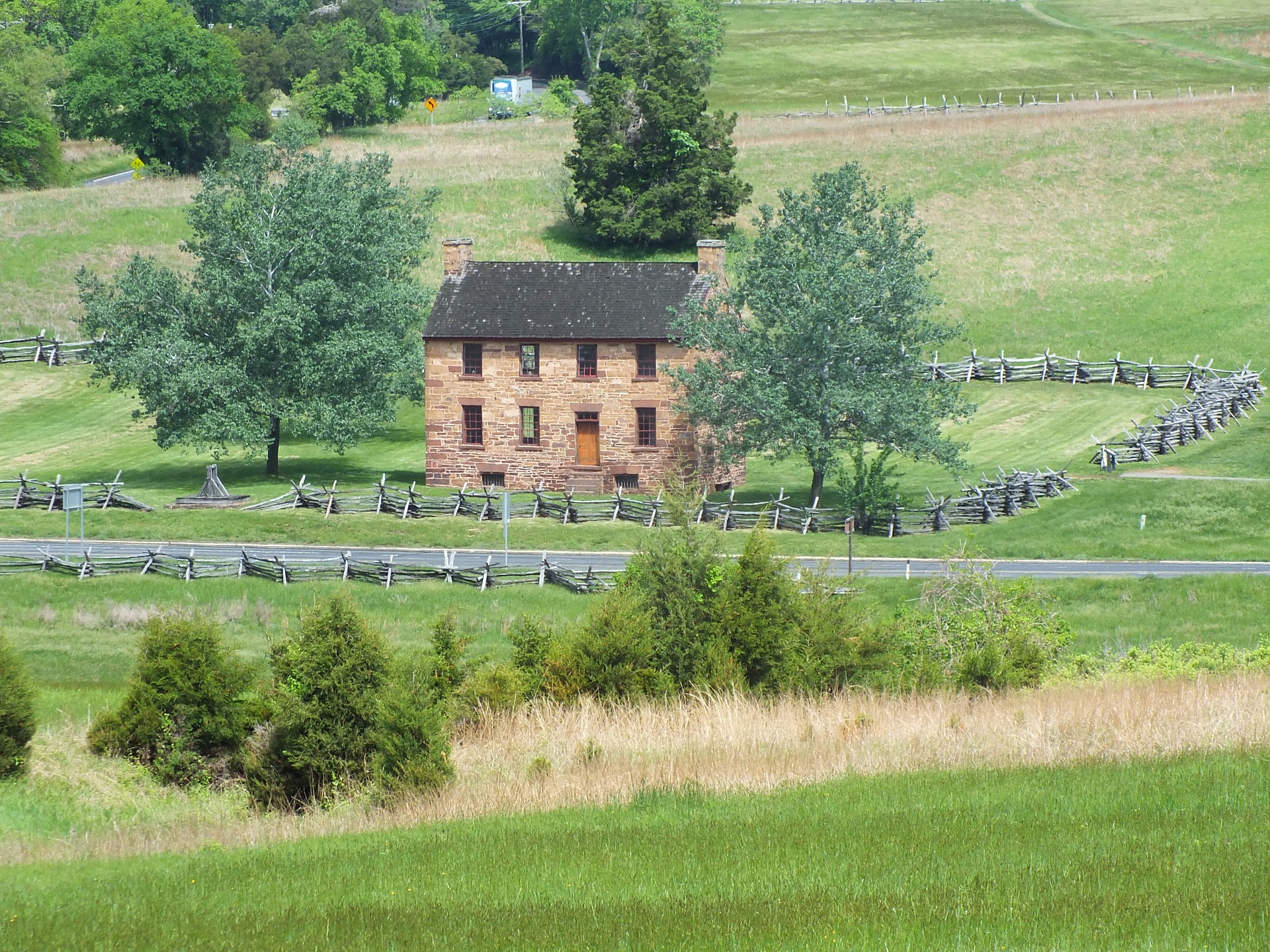Understanding Chimney Fires: An Important Guide for Manassas Residents
As a resident of Manassas, Virginia, you might be one of the many homeowners who enjoy the warmth and comfort a fireplace provides during those cold winter months. However, with the use of fireplaces comes the risk of chimney fires, a common yet preventable hazard. Understanding the causes, signs, and prevention of chimney fires is vital for ensuring the safety of your home and loved ones. A&T Chimney Sweeps fireplace, furnace, dryer vent, gutter cleaning, and repair services in Manassas, VA, is dedicated to educating homeowners about this potential hazard and providing solutions to prevent it.
Chimney fires occur when creosote, a highly flammable by-product of wood combustion, accumulates in the chimney. When this residue ignites, it can lead to a destructive and potentially deadly fire. Understanding chimney fires is the first step towards prevention.
Causes of Chimney Fires
Creosote accumulation is the primary cause of chimney fires. It forms when wood is burned at low temperatures, producing smoke that cools and condenses on the inner walls of the chimney. Over time, it builds up and becomes a thick, sticky substance that can easily ignite.
Another cause of chimney fires is a blocked or restricted flue. This can occur due to animal nests, leaves, or other debris. The blockage can cause heat and smoke to build up within the chimney, leading to a chimney fire.
Signs of Chimney Fires
Many chimney fires go unnoticed because they are not always dramatic events. However, knowing the signs can help you identify a problem and take appropriate action. Signs of a chimney fire include:
1. A loud, cracking, or popping noise: This can be due to the creosote catching fire and burning inside the chimney.
2. Dense, heavy smoke: Smoke coming out of the chimney or fireplace could indicate a chimney fire.
3. An intense, hot smell: This can be a sign of creosote burning.
4. Flames or sparks shooting from the top of the chimney: This is a clear sign of a chimney fire and requires immediate action.
Prevention of Chimney Fires
Preventing a chimney fire primarily involves regular cleaning and inspection. Here’s how you can prevent chimney fires:
1. Regular Cleaning: Have your chimney professionally cleaned at least once a year. This helps in removing creosote buildup and other blockages that could lead to a fire.
2. Chimney Inspection: Regular inspections can identify potential problems early. Professional chimney sweeps can check for damage, blockages, or excessive creosote buildup.
3. Burn the Right Wood: Use seasoned, dry hardwoods for burning. These types of wood produce less creosote compared to softwoods or green wood.
4. Install a Chimney Cap: A cap can prevent debris or animals from entering the chimney and causing blockages.
5. Use a Chimney Liner: A liner can protect the chimney structure, reduce creosote buildup, and improve the chimney’s efficiency.
In conclusion, understanding and preventing chimney fires can help protect your home and family. Regular chimney maintenance, including cleaning and inspection, can significantly reduce the risk of a chimney fire. Trust a professional service like A&T Chimney Sweeps to ensure your chimney is safe and ready for use.
FAQs
1. How often should I get my chimney cleaned?
It is recommended to have your chimney professionally cleaned at least once a year, or more frequently if you use your fireplace regularly.
2. Can I clean the chimney myself?
While it’s possible to clean your chimney yourself, it’s safer and more efficient to hire a professional chimney sweep. They have the tools and expertise to thoroughly clean and inspect your chimney.
3. What are the signs of a chimney fire?
Signs of a chimney fire can include a loud cracking or popping noise, dense smoke, an intense hot smell, and flames or sparks shooting from the chimney.
4. What type of wood should I burn in my fireplace?
Burn seasoned, dry hardwoods in your fireplace. They burn hotter, produce less smoke, and result in less creosote buildup than softwoods or green wood.
5. What is creosote?
Creosote is a highly flammable substance that forms when wood is burned. It sticks to the inner walls of your chimney and can ignite, causing a chimney fire.








